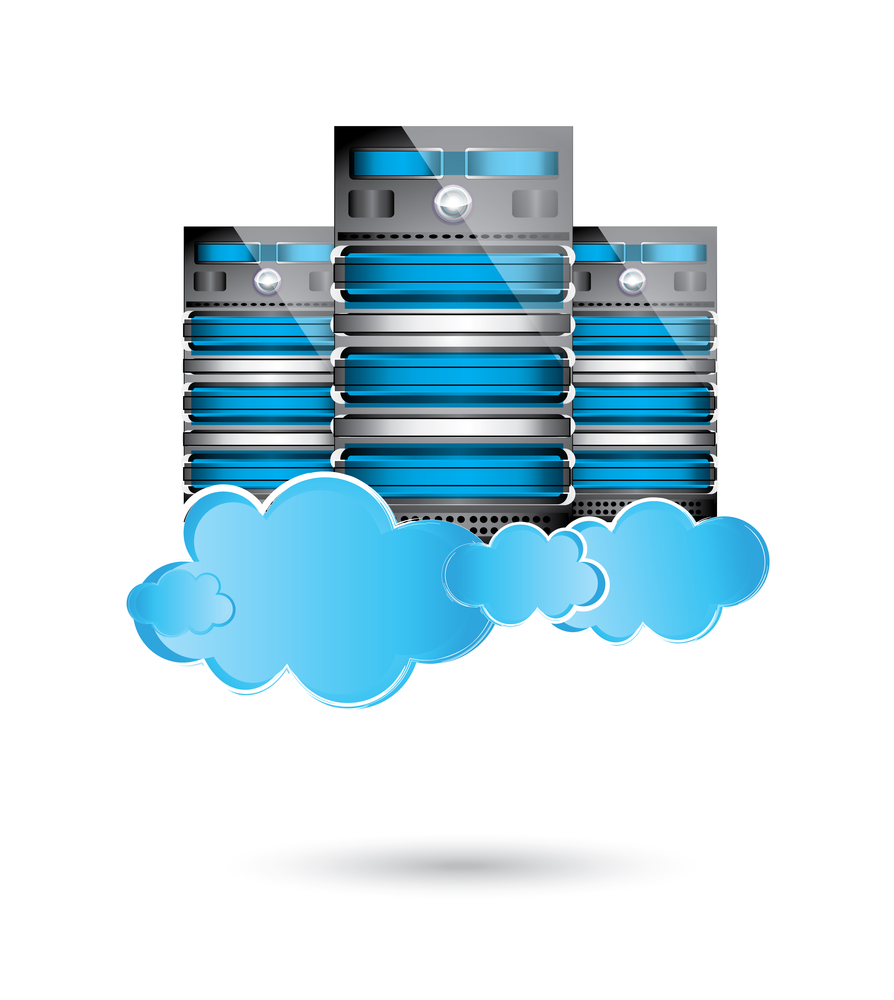Server Virtualization
By now you’ve no doubt heard quite a lot about “Virtualization.” But what is it? Here’s an explanation of this important technology and how to determine if it makes sense for your organization:
With the right guidance server virtualization can:
- Reduce server costs by almost 40%
- Reduce total physical servers by more than 50%
At the very least our experience has shown that server virtualization can reduce overall technology costs by about 20%.
Server virtualization has not been practical for most organizations until
recently. This is because the server hardware that was cost effective for most organizations was not robust enough to handle virtualization. Early virtualization solutions were slow making them undesirable and impractical. Not anymore!
Check the amount of RAM installed in your current servers. Most likely they’re fitted with between 8 and 32GB of RAM; for comparison, the new virtualization platform servers will directly address over 256GB of RAM– this amounts to 70 times more com puting power than was previously possible.
The idea behind server virtuaization is that you can purchase a smaller number of server machines and get better results.
A single Server Machine outfitted properly can take the place of anywhere between six and fourteen of the physical servers you have deployed now. In addition to reducing server costs and limiting the total number of servers, what are some of the other advantages that virtualization brings?
- Lower energy and cooling costs
- Increased data-center flexibility
- Dramatically shorter launch time for new server startups
- Improved control over equipment costs
- Reduced floor space
- Opportunity to repurpose older equipment
- Increased system up-time
- … and on and on …
So how do you do it?
For best results, you want to begin with a server machine that is engineered for virtualization, for example the Hewlett-Packard Generation 10 DL360 or DL380 Series machines. For a typical configuration, plan on at least 128GB of RAM and 1TB of disk space– your specific needs may be different.
For what’s known as the “Host OS” you will want to install Microsoft Server 2019 Enterprise Edition. Now you have the base you need to begin hosting your virtual servers. At this point you can take either of two approaches:

Option 2: Operating System Upgrade and Migration. More complicated and more rewarding than the physical-to-virtual conversion, this method enables you actually upgrade the operating systems and applications of your old physical servers as part of the virtualization process rather than just copying them over.
Once the “Host OS” is installed on the new Virtualization Server Hardware, the required number of additional instances of the server operating system are installed over top of the Host OS. For example, two separate installations of Windows Server 2019 could be installed as plug-ins thus creating a total of three servers on a single hardware platform; the Host OS plus two additional “virtual servers.” After the virtual servers are created, data and applications can be migrated from old physical machines to the new virtual machines.
For example, a physical machine running Windows Server 2012 and exchange 2010 can be migrated to a new virtual machine running Windows Server 2019 and Exchange 2019. In the same way, a physical server running Windows 2012R2 and SQL2008 can be migrated to a new virtual machine running Windows server 2019 and SQL2019– no new hardware required!
Three old machines are replaced by one new one through virtualization:
N.B. If you want to use the picture above, it needs to be edited with more up-to-date operating system information:
- Old Physical Email Server 1
(Exchange 2010, Windows 2012) - Old Physical SQL Server 2
(SQL2008, Windows 2012 R2) - Old Physical File Server 3
(Windows 2016) - New Virtual Server Machine Hosting:
1. Exchange 2019 on Windows 2019
2. SOL 2019 on Windows 2019
3. File Services on Windows 2019
Since the new Windows 2019 “servers” are really just instances of the operating system running on powerful Virtualization Server Hardware, you pay for only one server machine but in our example, you get two; a SQL Server and an Exchange Server. Create another virtual machine and copy your files over and you have a file server; Three for the price of One. And you can carry this on as far as it’s practical for your organization.
How do I know if Virtualization is right for me?
Ask us for a free Virtualization Readiness Check. Call the office for a free no obligation consultation. Our engineering staff will tell you if virtualization makes sense for your environment, if virtualization can save your organization money, and what a virtualization solution would cost for your environment.
The Virtualization Checklist
Save Money, Reduce server count, Keep performance high.
1. A server machine that was engineered for virtualization, for example the Hewlett-Packard Generation 10 DL360 or DL380 Series machines. For a typical configuration, plan on at least 128GB of RAM and 1TB of disk space– your specific needs may be different.
2. The “Host OS;” you will want to install Microsoft Server 2019 Enterprise Edition on your Virtualization Server hardware.
3. Additional copies of Windows Server 2019 as required if you are upgrading. Skip this step if you’re going to do Physical-to-Virtual conversions.
Contact Us Today
Office
3333 Richmond Road, Suite 430
Cleveland, Ohio 44122
Hours
M-F: 8:00 am - 5:00 pm
Call Us
216.292.GURU (4878)

